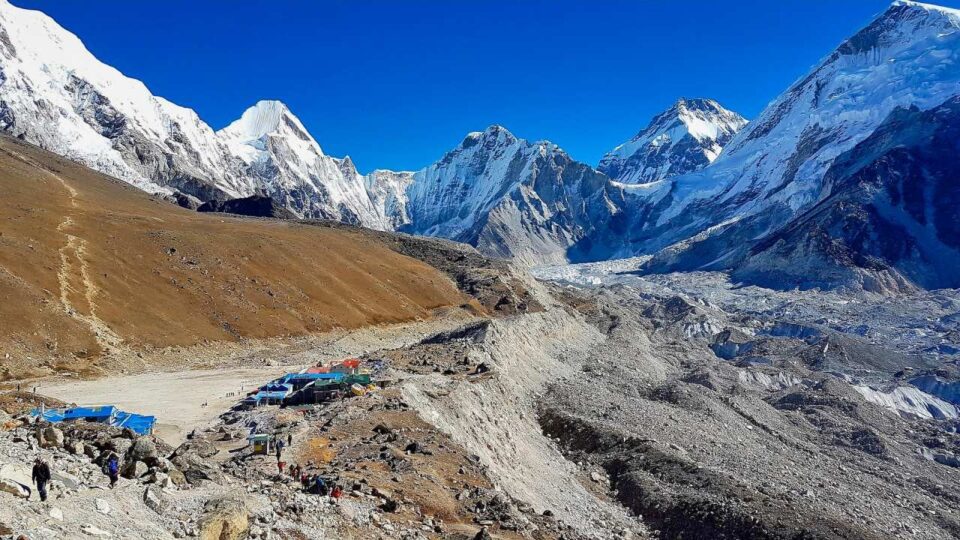Embarking on a trek to Everest Base Camp is no small feat. It requires endurance, strength, and mental fortitude. For many, the journey begins long before they set foot on the trail. We’ll explore why step training is crucial for ensuring a successful trek and how you can effectively prepare.
The Role of Step Training
Step training simulates the continuous uphill and downhill walking you’ll encounter on the paths to Everest Base Camp. This type of training strengthens your leg muscles, boosts cardiovascular stamina, and improves your balance. By preparing your body for the repetitive motion and strain of climbing, you reduce the risk of injury and increase your ability to enjoy the trek without undue fatigue.
Here’s how step training benefits your trek preparation:
- Strengthens key muscle groups: Engaging the quads, hamstrings, calves, and glutes prepares these muscles for the intense workload they will endure.
- Enhances cardiovascular health: Continuous stepping increases heart rate, which helps in building endurance over time.
- Improves balance and coordination: Navigating steps can help fine-tune your body’s ability to balance, an essential skill on uneven terrains.
Structuring Your Step Training Routine
Start your training regime at least two to three months before your trek. Begin with shorter sessions and gradually increase the duration and intensity. Here’s a basic weekly plan to guide you:
- Three days of step training: Use a stair machine or find a set of stairs in a public building or park. Spend 30 minutes stepping at a steady, moderate pace.
- Two days of mixed activity: Incorporate activities like jogging, cycling, or swimming to build general endurance.
- Rest and recovery: Allow at least two days for your muscles to recover. This prevents overtraining and injuries.
Practical Tips for Effective Step Training
- Wear your trekking boots: This not only breaks them in but also accustoms your feet to the footwear you’ll be using on the trek.
- Carry a weighted backpack: Gradually increase the weight to simulate the load you’ll carry during the trek.
- Focus on form: Keep your back straight and use the railing sparingly to mimic trekking conditions.
Remember, the goal is to build endurance and strength gradually without straining yourself before the actual trek.
Incorporating Step Training Into Your Lifestyle
Step training need not be a chore. Here are a few ways to integrate it seamlessly into your daily routine:
- Opt for stairs over elevators: At work or while shopping, choose stairs whenever possible.
- Involve a friend: Having a buddy join you can add motivation and make the process enjoyable.
- Set realistic goals: Celebrate small victories along the way to keep your spirits high.
Ready for Adventure: The Luxury Everest Base Camp Trek
When you choose a luxury Everest Base Camp trek, you’re signing up for an unforgettable experience with enhanced comfort. Preparing adequately ensures you can fully appreciate the breathtaking landscapes and unique cultural encounters. Step training is a cornerstone of this preparation, setting the foundation for a successful and enjoyable trek.
Conclusion
Preparing for Everest Base Camp is an adventure in itself. By integrating effective step training into your preparation, you ensure that you’re physically ready to meet the challenges of the trek.
This preparation allows you to immerse yourself fully in the experience, from the majestic peaks to the vibrant Sherpa culture, making your journey not just achievable but also profoundly rewarding. Let’s step up to the challenge together and make your trek a memorable one.

